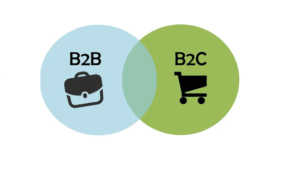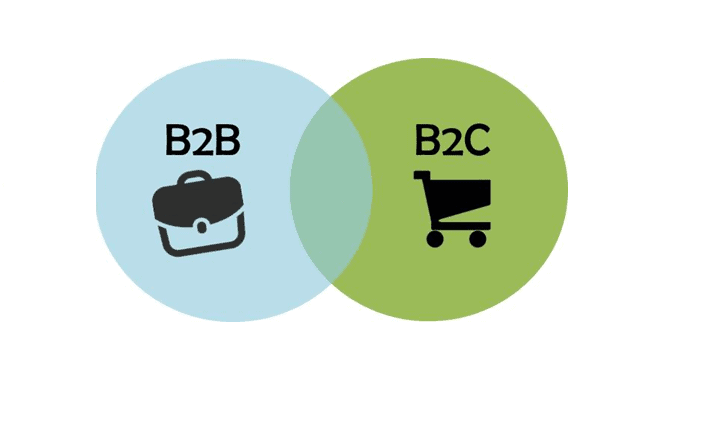B2B vs. B2C Marketing: Key Differences Every Business Should Know
In the world of digital marketing, no two audiences are exactly the same. The strategies that work for business-to-business (B2B) customers are often very different from those that resonate with business-to-consumer (B2C) audiences. Understanding these differences is crucial if you want to maximize your marketing ROI and connect with your ideal clients.
In this article, we’ll explore the key differences between B2B and B2C marketing, with insights and examples to help you choose the right strategy for your business.
What is B2B Marketing?
B2B marketing refers to promoting products or services from one business to another. The audience here is usually decision-makers within organizations — such as CEOs, managers, or procurement officers — who are looking for solutions to improve their company’s operations or profitability.
Example: A software company selling a project management tool to enterprises.
B2B marketing tends to focus on building relationships, trust, and long-term value.
What is B2C Marketing?
B2C marketing focuses on reaching individual consumers who purchase products or services for personal use. The decision-making process here is usually quicker and more emotional compared to B2B.
Example: An online store selling fashion items directly to shoppers.
B2C marketing is more about emotion, brand experience, and instant gratification.
Key Differences Between B2B and B2C Marketing
1. Audience & Decision-Making
- B2B: Targets businesses, often multiple stakeholders are involved in the decision-making process.
- B2C: Targets individual buyers, usually one person makes the purchase decision.
2. Buying Cycle
- B2B: Longer and more complex. Buyers often need proposals, demos, or contracts before making a decision.
- B2C: Short and straightforward. Consumers often buy on impulse or with minimal research.
3. Emotional vs. Rational Appeal
- B2B: Logic-driven. Buyers want facts, ROI, and efficiency.
- B2C: Emotion-driven. Buyers are influenced by feelings, trends, and brand identity.
4. Content Strategy
- B2B: Whitepapers, case studies, webinars, and LinkedIn campaigns.
- B2C: Social media ads, influencer marketing, product videos, and email promotions.
5. Relationship Building
- B2B: Long-term partnerships are essential. Trust is the foundation.
- B2C: Relationships matter, but repeat purchases often depend on experience and satisfaction.
Examples of B2B Marketing Strategies
- LinkedIn lead generation campaigns.
- Hosting industry-specific webinars.
- Using SEO to target keywords like “best CRM software for small business.”
- Email marketing focused on product demos and case studies.
Examples of B2C Marketing Strategies
- Running Instagram and TikTok ads for new product launches.
- Collaborating with influencers for product reviews.
- Using retargeting ads to bring back window shoppers.
- Offering limited-time discounts to create urgency.
Why the Difference Matters
Mixing up B2B and B2C strategies can result in wasted marketing spend. For example, a B2B SaaS company relying only on Instagram ads might not reach decision-makers, while a B2C clothing brand publishing lengthy whitepapers might bore customers.
The key is to align your marketing efforts with your target audience’s needs, expectations, and behavior.
Conclusion
B2B and B2C marketing may share the same goal — driving growth — but they require different approaches.
- B2B: Rational, relationship-focused, and long-term.
- B2C: Emotional, fast-paced, and experience-driven.
By understanding the differences and tailoring your strategy, your business can create more effective campaigns, build stronger connections, and achieve better results.



Leave a Reply